Metarix (MTRX) Token Performance Calculator
Current Token Information
Investment Scenario Calculator
Results
Quick Summary
- Metarix (MTRX) is a BEP‑20 utility token that powers a virtual theme‑park metaverse built on its own Layer2 blockchain.
- The platform hosts 12 zones, 9 themed districts and 105,000 parcels of virtual land across Ethereum, Binance and Ada Ape Islands.
- Maximum supply is fixed at 1.05billion MTRX; the token has no mining and was sold in a September2022 IEO at $0.0325 per token.
- Current price sits near $0.00039, down >99% from the all‑time high of $0.4105, with daily volume under $30.
- Liquidity is limited to a handful of exchanges (primarily ProBit Global), making price discovery difficult.
Metarix (MTRX) is a decentralized metaverse platform that combines a virtual theme‑park concept with play‑to‑earn gaming, functional NFTs, and web3 commerce. Launched on July252022, the project issued a BEP‑20 token on the Binance Smart Chain. The native token, MTRX, fuels every transaction inside the ecosystem, from land purchases to in‑game rewards.
What Makes Metarix Different?
The core idea is simple: treat a metaverse like a massive amusement park. Visitors can wander through districts such as Doge Park, Bitcoin Business Park, Shiba Shopping District, Opensea Art & Museum Center, and Sol Fashion District. Each zone is built on a Layer2 blockchain that off‑loads transaction load from the main chain, aiming for faster confirmations and lower fees.
Beyond the visual appeal, Metarix offers three main value streams:
- Play‑to‑earn (P2E) gaming: Users earn MTRX by completing quests, battling in arena‑style matches, or simply staking tokens.
- Functional NFTs: Every piece of virtual real estate, avatar accessory, or concert ticket is minted as a non‑fungible token, providing verifiable ownership.
- Web3 commerce: Brands can set up virtual storefronts, sell digital goods, or host live events that transact in MTRX.
Technical Architecture
The platform’s virtual real estate layer spans three blockchain ecosystems: Ethereum, Binance Smart Chain, and Ada Ape Islands. A total of 105,000 land parcels are minted, each represented by a unique NFT. The Layer2 solution processes land transfers, in‑game actions, and marketplace trades, while the underlying main chains handle final settlement and cross‑chain bridges.
Developers can interact with the Metarix SDK to create custom quests, embed mini‑games, or launch pop‑up stores. The SDK is open source on GitHub, though recent commits have been sparse, suggesting a slowdown in public development activity.
Tokenomics at a Glance
Key numbers:
- Maximum supply: 1.05billion MTRX
- Total supply (as of launch): 1,050,000,000 tokens
- No mining or staking inflation - the supply is fixed.
- Initial Exchange Offering (IEO) price: $0.0325 per token, raising $65,000.
The token allocation was divided among the development team, ecosystem incentives, land‑sale proceeds, and a modest reserve for future partnerships. Because the token is a utility token rather than a security, holders do not receive dividends; value is tied to platform usage and demand for land, NFTs, and in‑game rewards.
Current Market Performance
As of October32025, Metarix trades around $0.000391 per MTRX, a staggering 99.90% drop from its peak of $0.4105 in October2022. The 24‑hour trading range is effectively flat ($0.000270‑$0.000270) and daily volume averages between $15 and $28, placing the token at rank #3201 by market cap ($283,500) and #5205 by volume. The price chart shows a bearish bias: the 50‑day SMA sits at $0.000604 while the 200‑day SMA is $0.000341, and the 14‑day RSI is 43.3, indicating modest momentum but no clear reversal.
Forecasts are mixed. CoinCodex predicts a possible rebound to $0.001283 by mid‑2025 (a 228% jump), while longer‑term models suggest a trading channel between $0.00032 and $0.001255 in 2026. Such predictions hinge on the platform delivering fresh content and attracting active users.
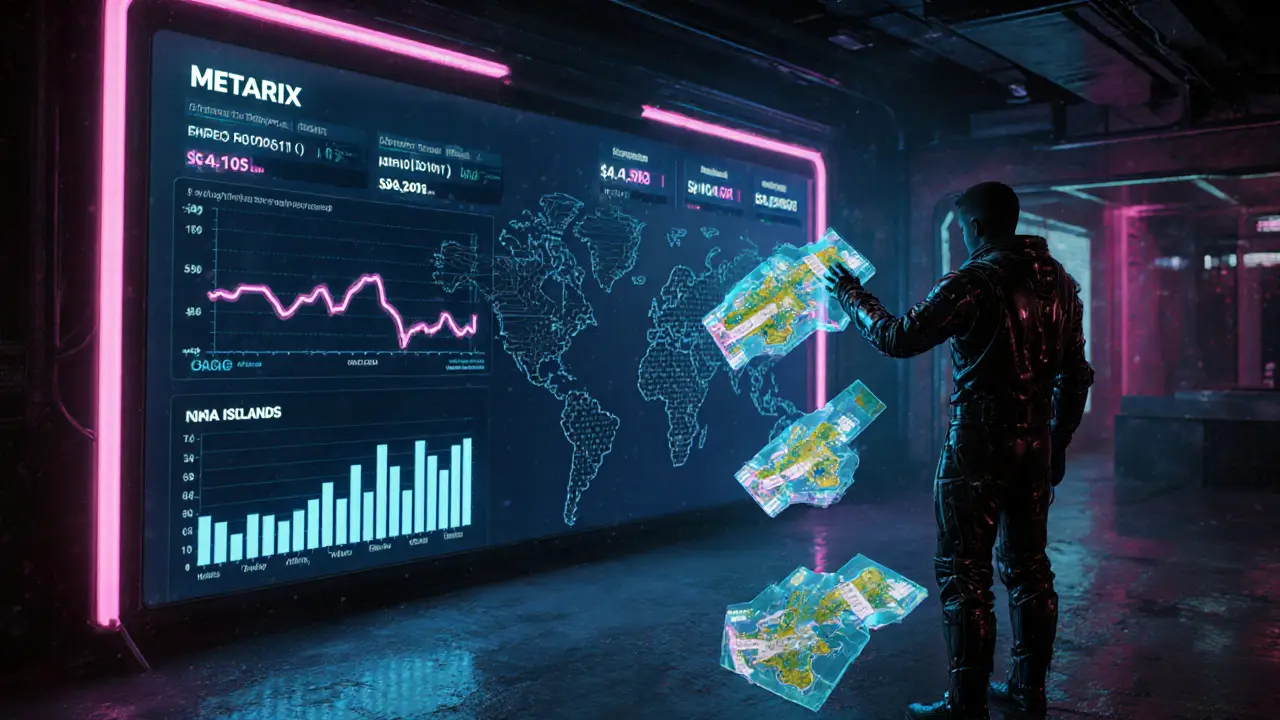
Trading Accessibility & Liquidity
The token’s primary market is ProBit Global, where the MTRX/USDT pair is the only pair with meaningful depth. Other exchanges list MTRX sporadically, but order books are thin, leading to wide bid‑ask spreads and potential slippage for larger orders. Price discovery suffers because of this limitation; even the CoinGecko price feed reflects very low trade counts.
For investors, the lack of robust liquidity means exiting a position could be costly. Market makers are almost nonexistent, and the token’s FDV ($283,500) matches its circulating market cap, indicating no hidden supply waiting to flood the market.
Development Activity & Community Pulse
Metarix maintains an official website (metarix.network) and active social channels - Twitter (@The_Metarix), Facebook, and a Discord server. However, activity metrics show few developer commits since late2023, and community chatter has shifted from hype to cautious skepticism. The absence of regular roadmap updates raises doubts about long‑term commitment.
Potential partners have been hinted at in early blog posts (e.g., collaborations with virtual fashion brands), but no concrete integration has been announced in the past year. Without visible upgrades or new land‑sale events, user growth remains stagnant.
Risks and Considerations
- Liquidity risk: Thin order books make buying or selling painful.
- Adoption risk: Competing metaverse platforms (Decentraland, The Sandbox, Axie Infinity) dominate user bases and developer ecosystems.
- Development risk: Limited recent code commits suggest possible resource constraints.
- Regulatory risk: As a utility token, changes in jurisdictional stance on crypto gaming could affect operations.
- Price volatility: Historical swing of over 99% underscores the speculative nature of the asset.
Investors should treat MTRX as a high‑risk, speculative play. Conduct personal due diligence, consider portfolio diversification, and be prepared for the possibility of total loss.
Key Metrics Compared to Major Metaverse Tokens
| Token | Max Supply | Current Price (USD) | Market Cap (USD) | 24h Volume (USD) |
|---|---|---|---|---|
| Metarix (MTRX) | 1.05B | 0.000391 | 283,500 | 28.56 |
| Decentraland (MANA) | 10B | 0.62 | 1.1B | 12M |
| The Sandbox (SAND) | 3B | 0.48 | 864M | 9M |
| Axie Infinity (AXS) | 270M | 2.35 | 635M | 7M |
Should You Buy Metarix?
Answering this boils down to three questions:
- Do you believe the Metarix metaverse will attract a critical mass of users before newer platforms dominate the space?
- Can you tolerate extreme price swings and limited ability to cash out?
- Are you looking for speculative upside tied to a niche P2E ecosystem rather than a proven network?
If you answered yes to all three, a small, controlled exposure could be an interesting high‑risk play. Otherwise, more established metaverse tokens offer deeper liquidity, broader adoption, and clearer roadmaps.
Frequently Asked Questions
What is the primary use case of MTRX?
MTRX functions as the utility token inside the Metarix metaverse. It pays for land purchases, in‑game rewards, NFT minting fees, and marketplace transactions.
Where can I trade Metarix?
The most active pair is MTRX/USDT on ProBit Global. A handful of smaller exchanges list the token, but liquidity remains thin.
Is Metarix a good long‑term investment?
It carries high risk. The token has lost >99% of its value, trades on limited venues, and shows minimal development activity. Only invest what you can afford to lose.
How many land parcels does Metarix offer?
A total of 105,000 virtual land NFTs are available across three blockchain ecosystems.
What are the biggest competitors to Metarix?
Decentraland (MANA), The Sandbox (SAND) and Axie Infinity (AXS) dominate the metaverse space with larger user bases, stronger developer tools, and deeper liquidity.

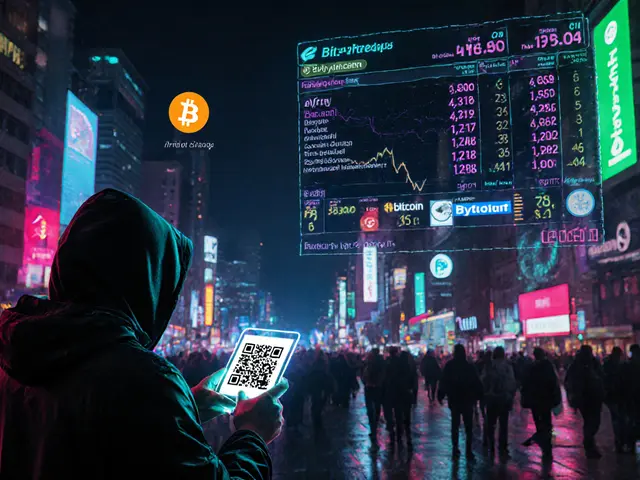
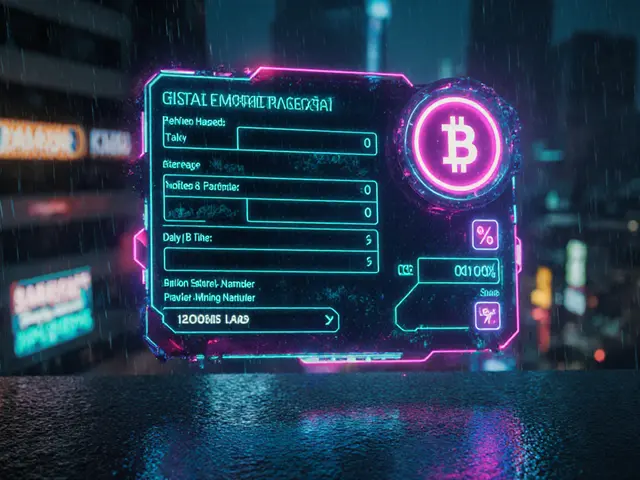
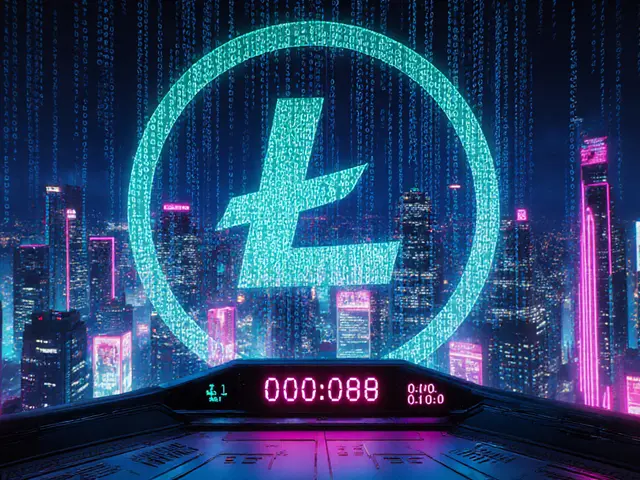
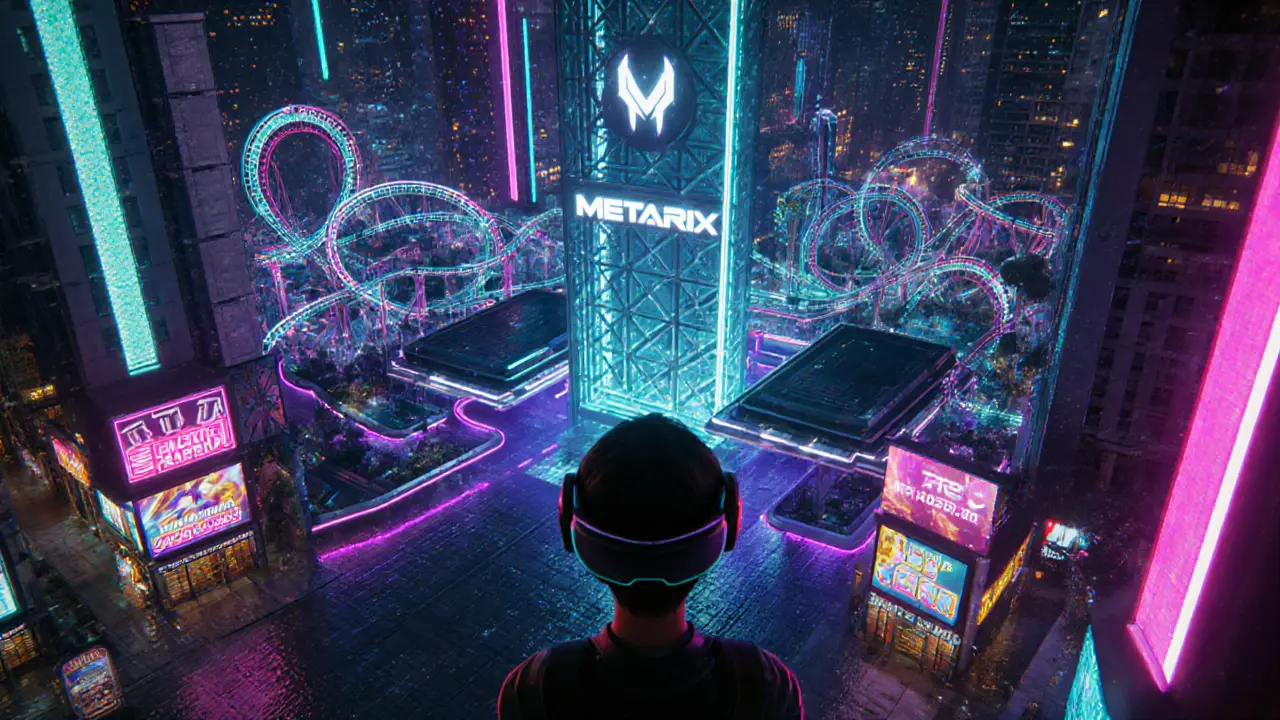
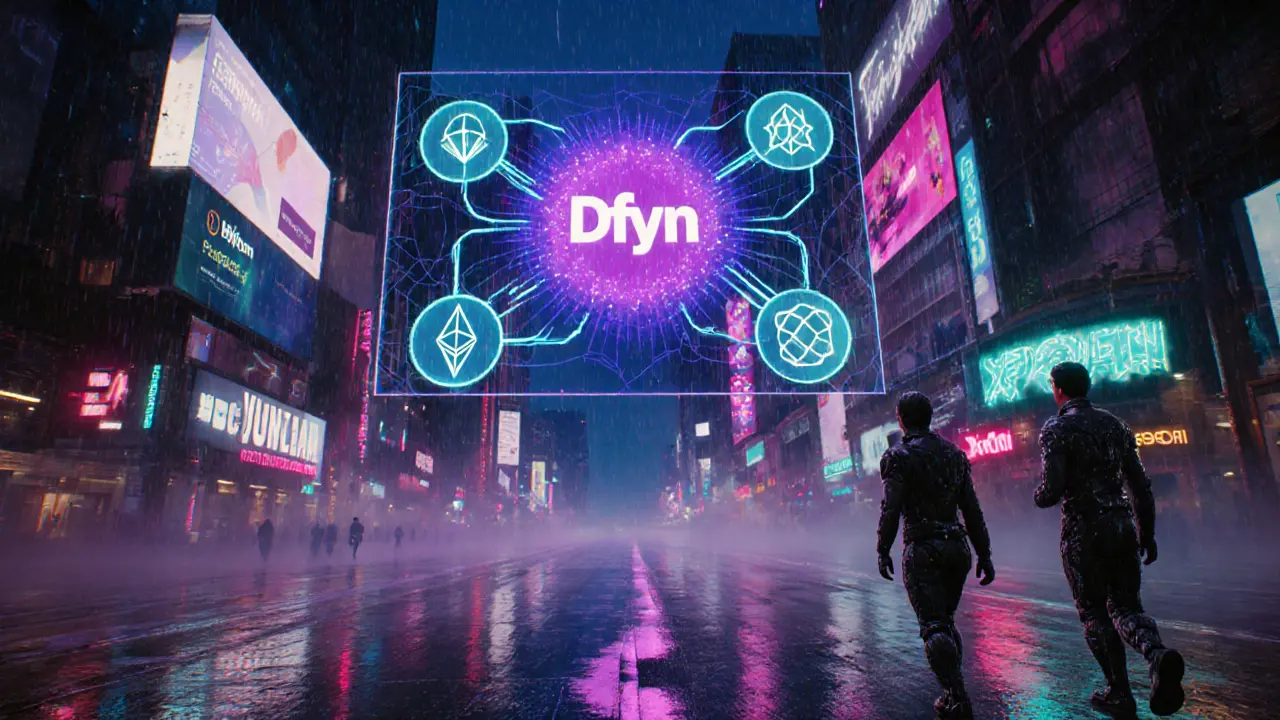
Comments
12 Comments
Krithika Natarajan
The token’s price swing is a stark reminder of crypto volatility.
Anthony R
Metarix certainly paints an ambitious picture, with a theme‑park concept, layered on a Layer2 solution, backed by NFTs, and wrapped in a utility token, yet the market cap whispers caution, and the liquidity dries up fast.
Cindy Hernandez
Looking at the tokenomics, the fixed 1.05 billion supply means no future inflation, but that also caps upside unless utility spikes.
The IEO price of $0.0325 was already a deep discount from the all‑time high, so the current $0.00039 looks like a massive correction.
Liquidity is thin, mainly on ProBit, which makes large trades risky, and you’ll likely see slippage.
Karl Livingston
Metarix tries to fuse a carnival vibe with blockchain tech, sprinkling colorful districts like Doge Park and Bitcoin Business Park, but the execution feels more like a neon‑lit mirage than a solid playground.
The Layer2 ambition is clever, yet the real‑world user base is as scarce as a midnight roller‑coaster ride.
Emily Pelton
While the idea of a metaverse amusement park is appealing, the market reality is brutal; thin order books on ProBit turn any modest sell‑off into a nightmare, and the token’s plunge over 99% screams caution.
Don’t let the hype blinds you-if you’re going in, keep the position tiny and be ready to bail.
sandi khardani
The data laid out in the post tells a story of spectacular over‑promising and under‑delivering, which is a pattern we've seen too often in low‑cap meme‑style metaverse projects.
First, the token's all‑time high of $0.4105 versus today’s $0.00039 is a loss of 99.90%, a figure that should send shivers down any rational investor's spine.
Second, the daily volume barely ticks over $20, indicating almost no real market participation.
Third, the liquidity is confined to a single exchange, making price discovery a joke.
Fourth, development activity on GitHub has stalled since late 2023, suggesting a dwindling team or shifting priorities.
Fifth, community sentiment, as observed on Discord, has shifted from enthusiasm to disillusioned skepticism.
Sixth, the roadmap lacks concrete milestones beyond vague “partnerships”.
Seventh, the token’s utility is limited to an internal marketplace that currently has almost no buyers.
Eighth, competitors such as Decentraland and The Sandbox have orders of magnitude larger user bases and developer ecosystems.
Ninth, the token’s thin order books mean any attempt to sell a sizable position will incur massive slippage.
Tenth, the token’s FDV equals its market cap, indicating no hidden supply, but also no hidden demand.
Eleventh, the price’s 50‑day SMA sitting above the 200‑day SMA suggests a bearish bias still intact.
Twelfth, the RSI around 43 points to a lack of momentum, not a sudden rebound.
Thirteenth, the projected price targets from analysts assume a massive resurgence in user activity that lacks evidence.
Fourteenth, the token’s tokenomics provide no staking rewards, making passive holding unattractive.
Fifteenth, the overall risk profile is high, bordering on speculative gambling rather than investment.
Donald Barrett
Enough with the fluff; the token is basically a sinking ship, and anyone still holding is either delusional or hoping for a miracle that never comes.
Christina Norberto
One must consider the hidden machinations that dictate the ebb and flow of such obscure assets; clandestine entities likely manipulate the thin order books to extract value from unsuspecting investors, thereby ensuring the token remains a vessel for covert financial engineering.
Adetoyese Oluyomi-Deji Olugunna
Ths prject dsiplays a pervasy of nvestors wth a cmmcially unprcise chassis; the develpment rcords r srry, annd the market resposnse is lke wathcng a wanin dog chase its tail.
Ayaz Mudarris
From an analytical standpoint, the token’s decay from its ATH represents a profound market correction that can only be justified by demonstrable utility expansion, which is presently absent.
Investors seeking genuine upside should demand transparent road‑map milestones and active developer engagement before allocating capital.
Irene Tien MD MSc
Ah, the classic tale of a metaverse fantasy that promises the moon while delivering a dusty amusement‑park souvenir shop; one can almost hear the echo of countless “magic” promises fading into the abyss of dwindling volume and nonexistent community buzz.
It’s almost comical how the token’s price chart looks like a roller‑coaster that never left the loading dock, yet the hype machine churns on, spitting out buzzwords like “Layer2” and “play‑to‑earn” as if they were silver bullets.
If you’re hoping for a phoenix rising, you might want to check the contrarian’s handbook first.
Vaishnavi Singh
The philosophical angle here is that value perception is as fleeting as a virtual ride; without lasting engagement, the token remains an illusion.
Write a comment